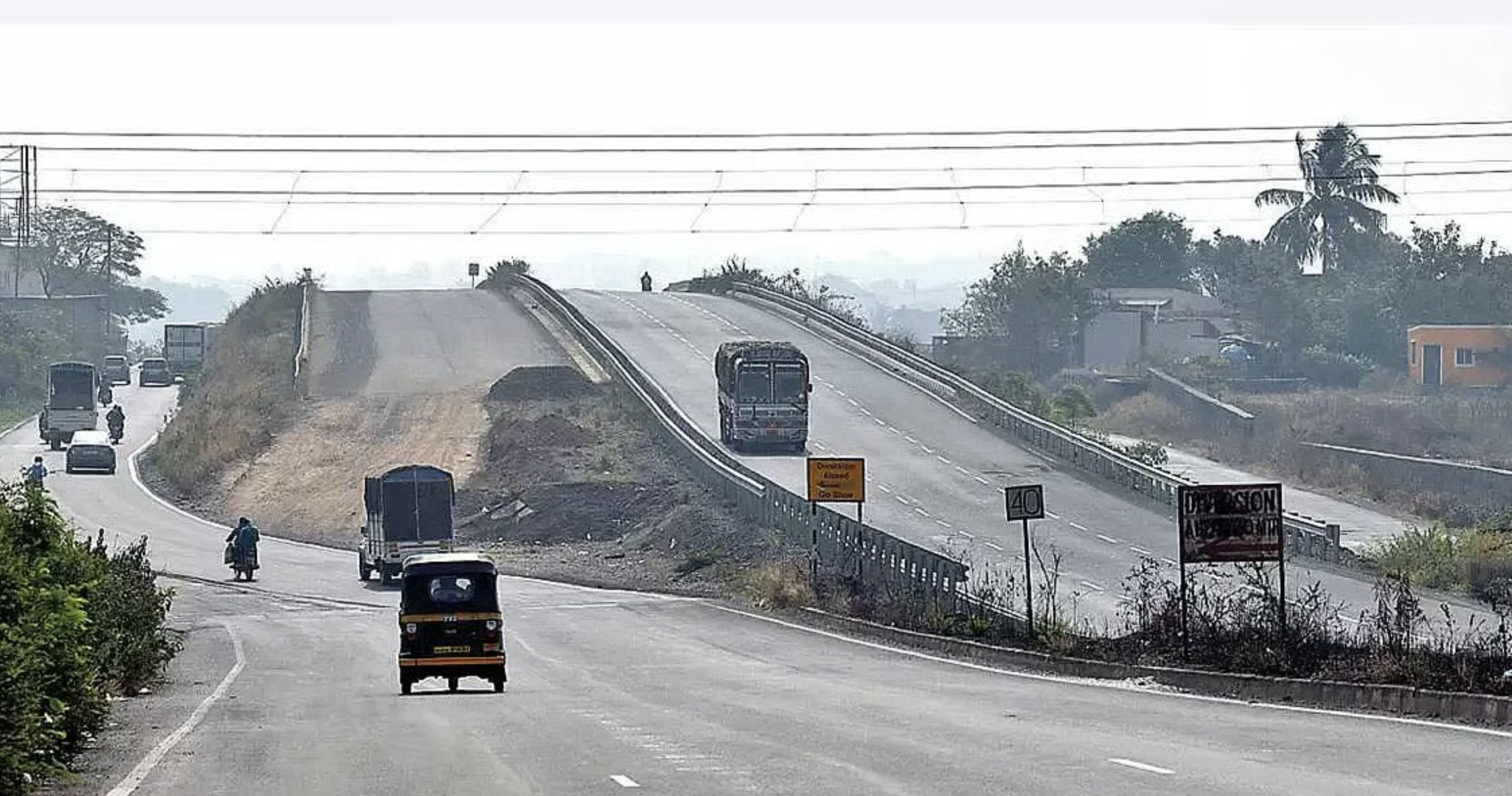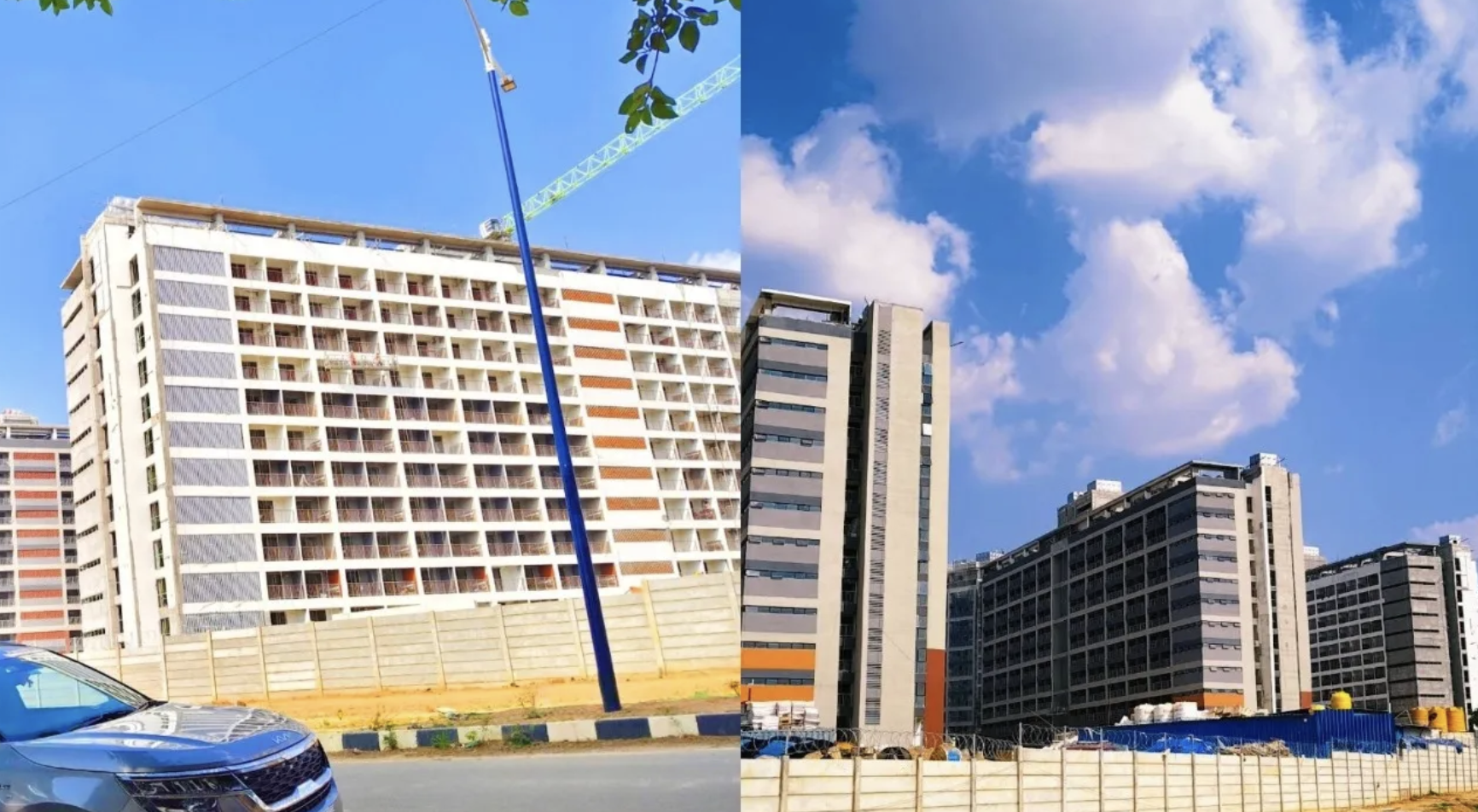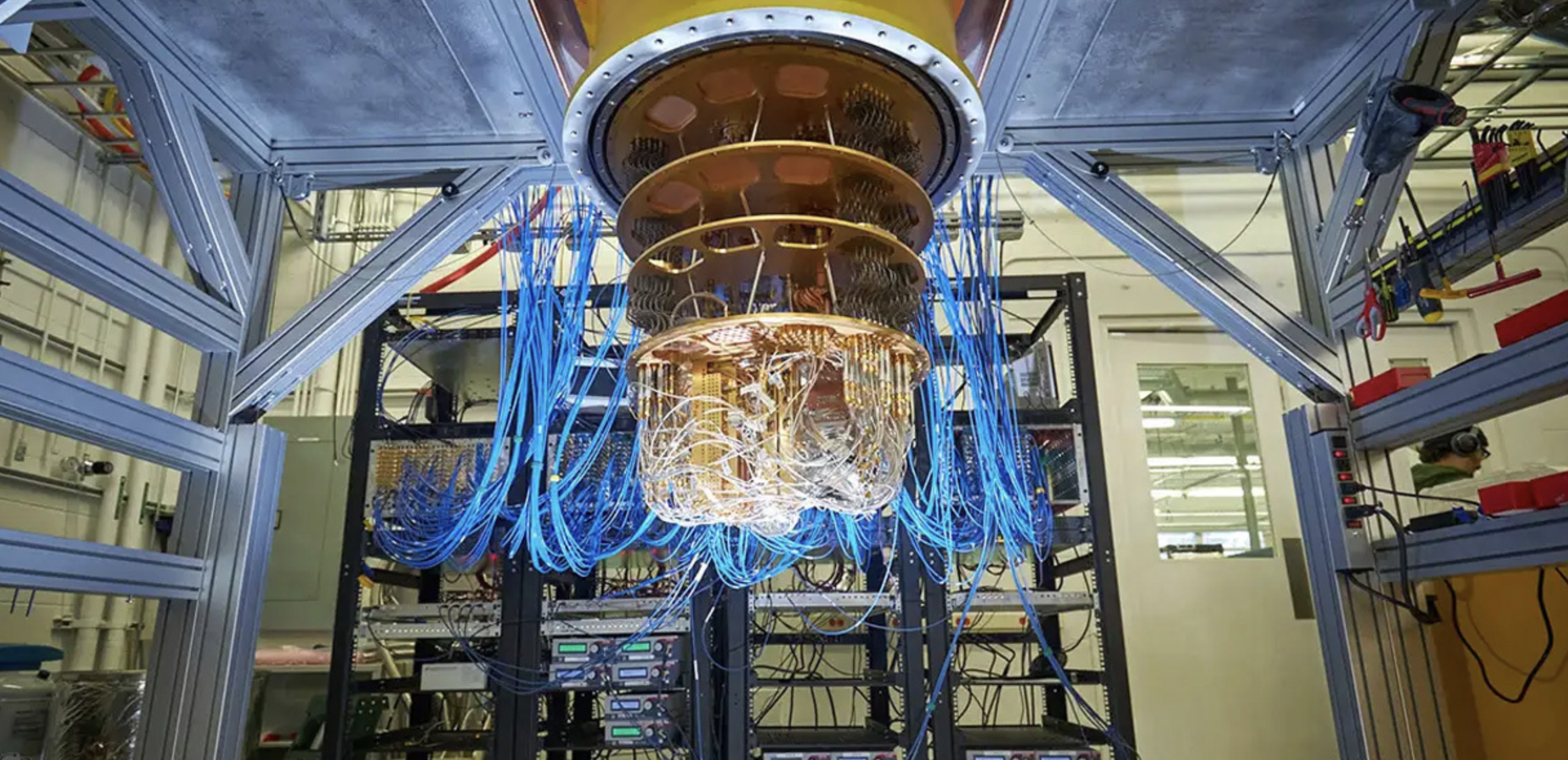Punjab’s Kapurthala factory unveiled the first Vande Bharat Metro coaches, marking a pivotal moment in Indian rail history. These trains, scheduled for July testing, promise efficient travel with a range of 100-250 km and expandable configuration. Initial plans include 50 trains, extendable to 400, connecting major cities. Innovations like sleeper variants and increased speeds signify a transformative shift in Indian rail infrastructure.

Introduction: A significant development occurred as Punjab’s Kapurthala factory revealed the inaugural Vande Bharat Metro coaches, heralding a new chapter in India’s rail journey. These state-of-the-art trains are poised to revolutionize transportation, set to undergo testing in July this year.
Features and Expansion Plans: With plans for an initial fleet of 50 trains, expandable to 400, the Vande Bharat Metro offers a range of 100 km to 250 km, ensuring swift connectivity across short distances. Configured with 12 coaches by default, they can expand to 16, adapting to evolving commuter needs.
First Basic until of Vande Metro from RCF Kapurtala is flagged for run trials on 30-04-2024.
— Ajay Singh (@railwaterman) May 1, 2024
The train has features similar to Vandebharat trains.
Adding a new dimension to train travel over IR.#IR#IndianRailways pic.twitter.com/m9yBE22Zf5
Trial Runs and Deployment: Trial runs for short-distance Vande Metro trains commence in July, targeting deployment across 124 cities. Catering to urban centers and their satellite cities, routes include Lucknow-Kanpur, Agra-Mathura, and Tirupati-Chennai, facilitating convenient travel.
Future Plans and Innovations: Responding to demand, Indian Railways plans to adjust coach numbers based on ridership and introduce long-distance sleeper trains and push-pull variant Amrit Bharat trains. Since the introduction of the Vande Bharat Express in 2019, India’s semi-high-speed rail journey has seen remarkable advancements, with subsequent iterations surpassing initial speeds.












